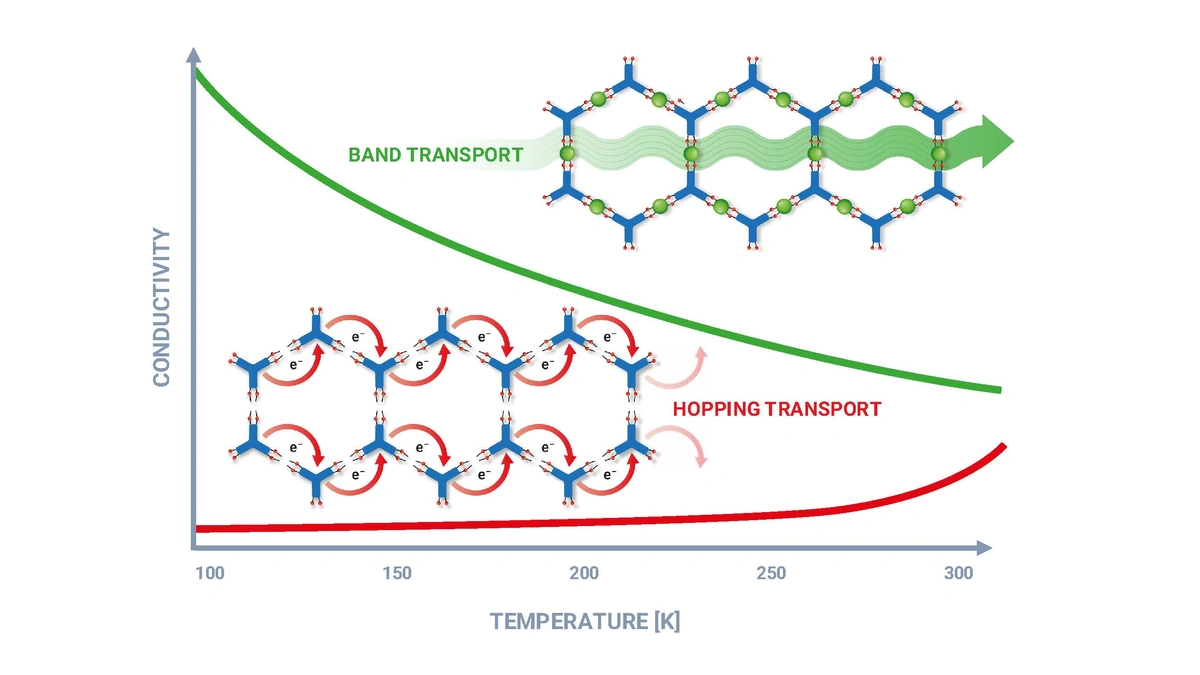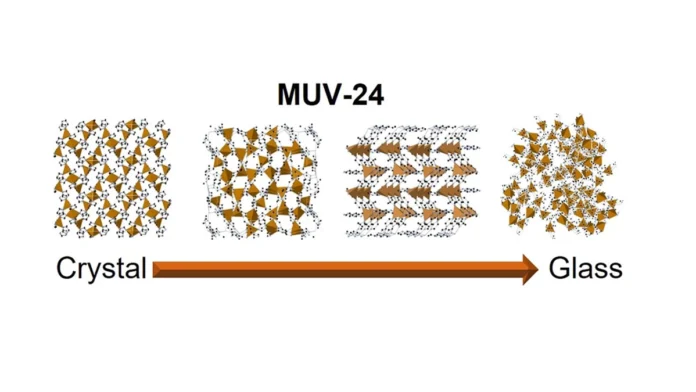Okay, let’s be honest. When you first heard “MOFs win Nobel Prize,” did you immediately think, “Metal-Organic Frameworks? What are those, and why should I care?” Don’t worry, you’re not alone. I had the same reaction. But here’s the thing: this isn’t just some obscure scientific award. It’s a nod to technology that is poised to revolutionize industries from healthcare to energy, potentially impacting our lives in profound ways.
So, let’s dive in. Forget the chemistry textbook jargon for a moment. Think of MOFs as tiny, incredibly versatile sponges. But instead of absorbing water, they can trap gases, separate chemicals, and even deliver drugs directly to cancer cells. What fascinates me is their incredible potential to solve some of our planet’s biggest problems.
The “Why” | Why MOFs Matter to India (and the World)

The Nobel Prize isn’t just about celebrating past achievements; it’s about recognizing future potential. And in the case of MOFs, that potential is enormous. Imagine a world where air pollution is significantly reduced, where clean water is readily available, and where medicines are more effective and have fewer side effects. That’s the promise of metal-organic frameworks .
But why is this particularly relevant to India? Well, consider the challenges we face: air quality in our major cities, the need for efficient energy storage, and the importance of affordable healthcare solutions. MOFs offer solutions to these problems, and that’s why this Nobel Prize is such a big deal.
For example, consider carbon capture. Imagine power plants equipped with MOF materials that trap carbon dioxide emissions, preventing them from entering the atmosphere. This technology could significantly reduce our carbon footprint, helping to combat climate change. What initially seemed like a niche scientific field has now become an essential area for global sustainability. Another use case is gas storage , improving the safety and efficiency of vehicles or industrial processes.
How MOFs Could Revolutionize Industries
Okay, so we know MOFs are important. But how exactly will they change the world? Let’s break it down:
- Healthcare: MOFs can be used to deliver drugs directly to tumors, minimizing side effects and improving treatment outcomes. This is particularly exciting for cancer therapy.
- Energy: They can store hydrogen for fuel cells, leading to cleaner and more efficient vehicles. Also, they can be used in batteries, improving their performance and lifespan.
- Environment: As mentioned earlier, they can capture carbon dioxide from the atmosphere, helping to mitigate climate change. They can also be used to filter pollutants from water, providing access to clean drinking water.
These are just a few examples. The possibilities are virtually limitless. I initially thought this technology was purely theoretical, but then I realized how many practical applications are already being explored.
The Emotional Angle | Hope for a Better Future
Let’s be honest – sometimes, the world feels overwhelming. Climate change, pollution, disease… it can all feel like too much. But the development of novel materials like MOFs provides a reason for hope. It shows that human ingenuity can overcome even the most daunting challenges.
This Nobel Prize is a reminder that science isn’t just about equations and experiments. It’s about creating a better future for all of us. And for a country like India, with its vast potential and its unique challenges, that future is within reach. What’s more? Scientists have a new tool to work with.
Delving Deeper | The Science Behind the Magic
For the scientifically curious among you, let’s take a slightly deeper dive (don’t worry, I’ll keep it accessible). MOFs are essentially crystalline materials made up of metal ions connected by organic linker molecules. This creates a highly porous structure with an incredibly large surface area.
Think of it like this: imagine taking a sugar cube and stretching it out until it covers an entire football field. That’s the kind of surface area we’re talking about. This allows MOFs to trap huge amounts of gases or liquids within their pores. The key is designing the right MOF structure for the specific application.
According to leading research in advanced materials , the tunability of these structures makes them exceptionally promising for a wide range of industrial and scientific uses.
FAQ | Your Burning MOF Questions Answered
Frequently Asked Questions
What exactly are MOFs?
Metal-Organic Frameworks are porous, crystalline materials with a high surface area, useful for gas storage, separation, and catalysis.
How will MOFs impact the environment?
They can be used for carbon capture and water purification, helping to mitigate climate change and provide access to clean water.
What are the potential applications in healthcare?
MOFs can deliver drugs directly to cancer cells, minimizing side effects and improving treatment outcomes.
Are MOFs expensive to produce?
Research is ongoing to develop cost-effective methods for manufacturing MOFs on a large scale.
When will we see MOFs in everyday products?
Some applications, like gas storage, are already being implemented. Others, like drug delivery, are still in the research phase, but progress is rapid. New discoveries are always around the corner.
So, there you have it. MOFs – the seemingly obscure materials that could revolutionize the world. This Nobel Prize is a well-deserved recognition of their potential, and I, for one, am excited to see what the future holds. The possibilities with MOF applications are truly inspiring.




